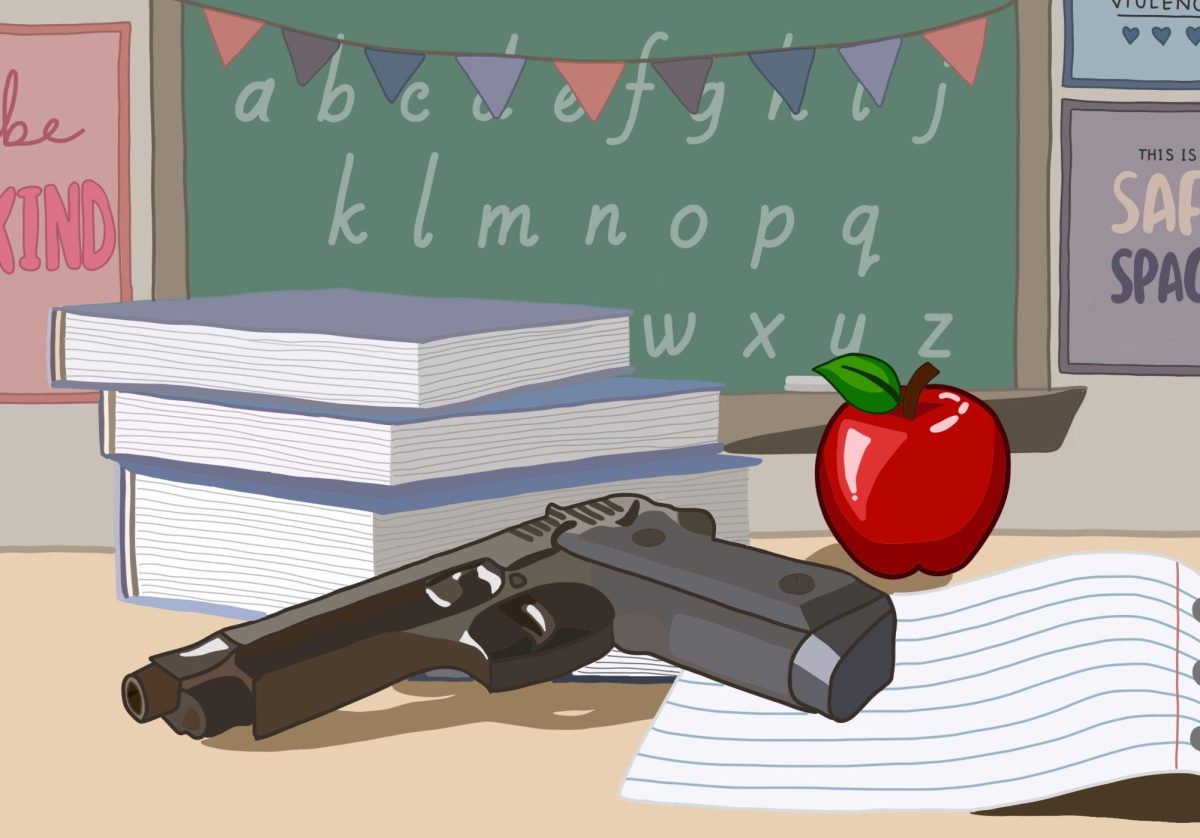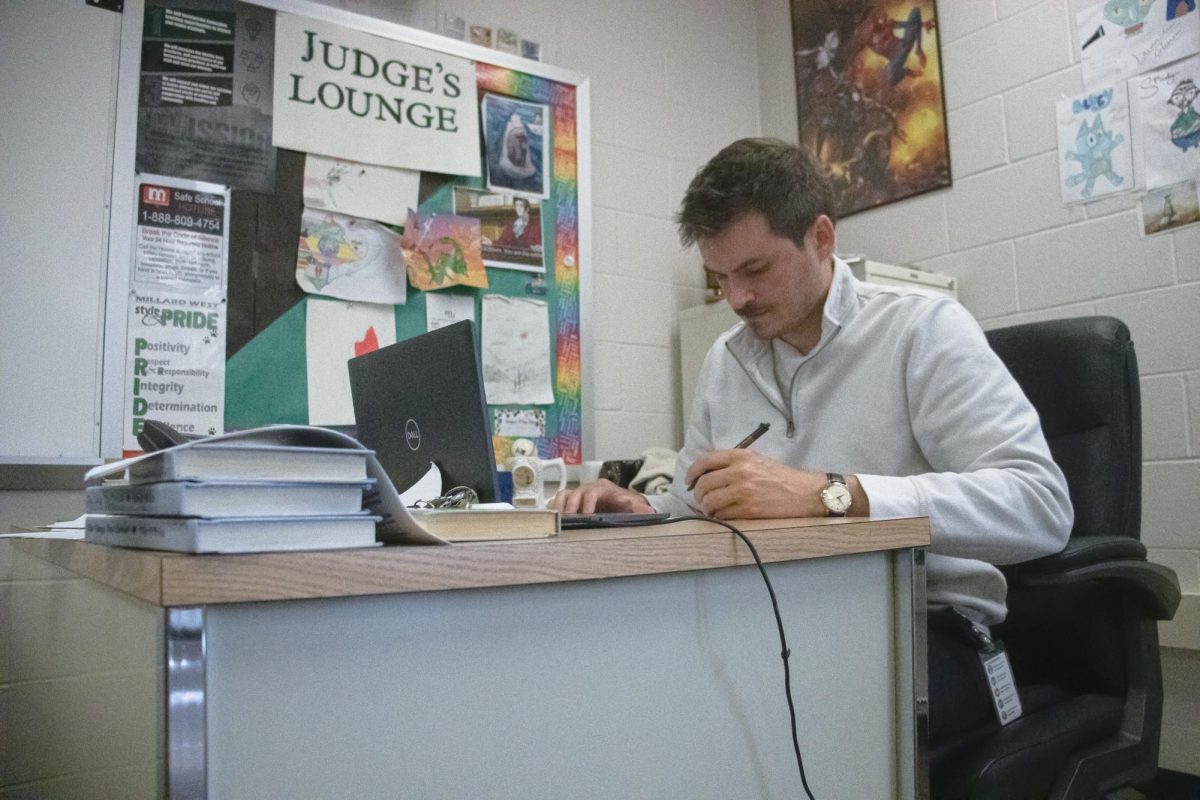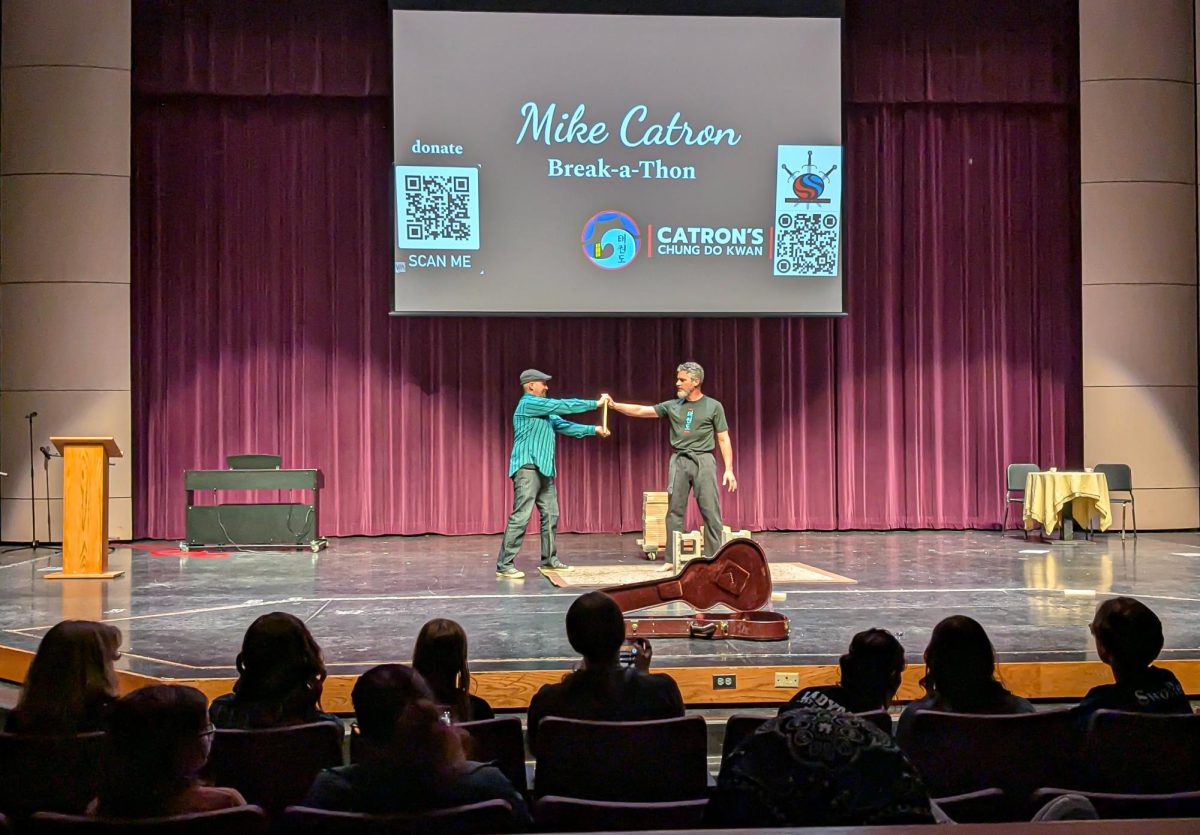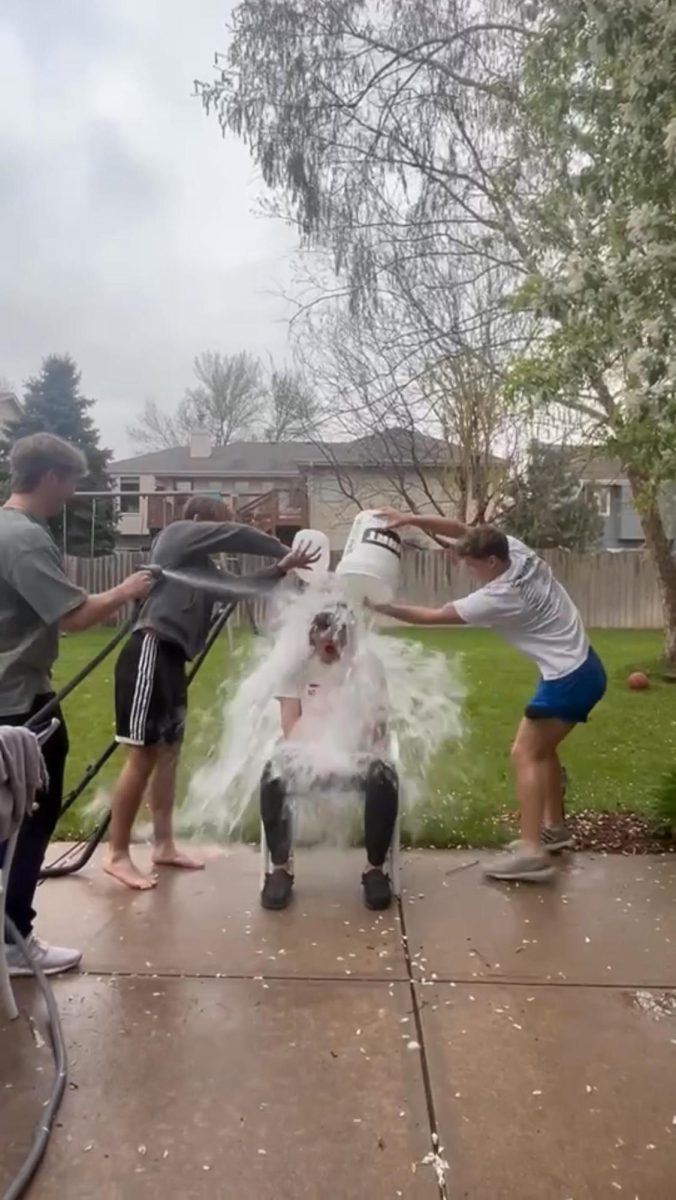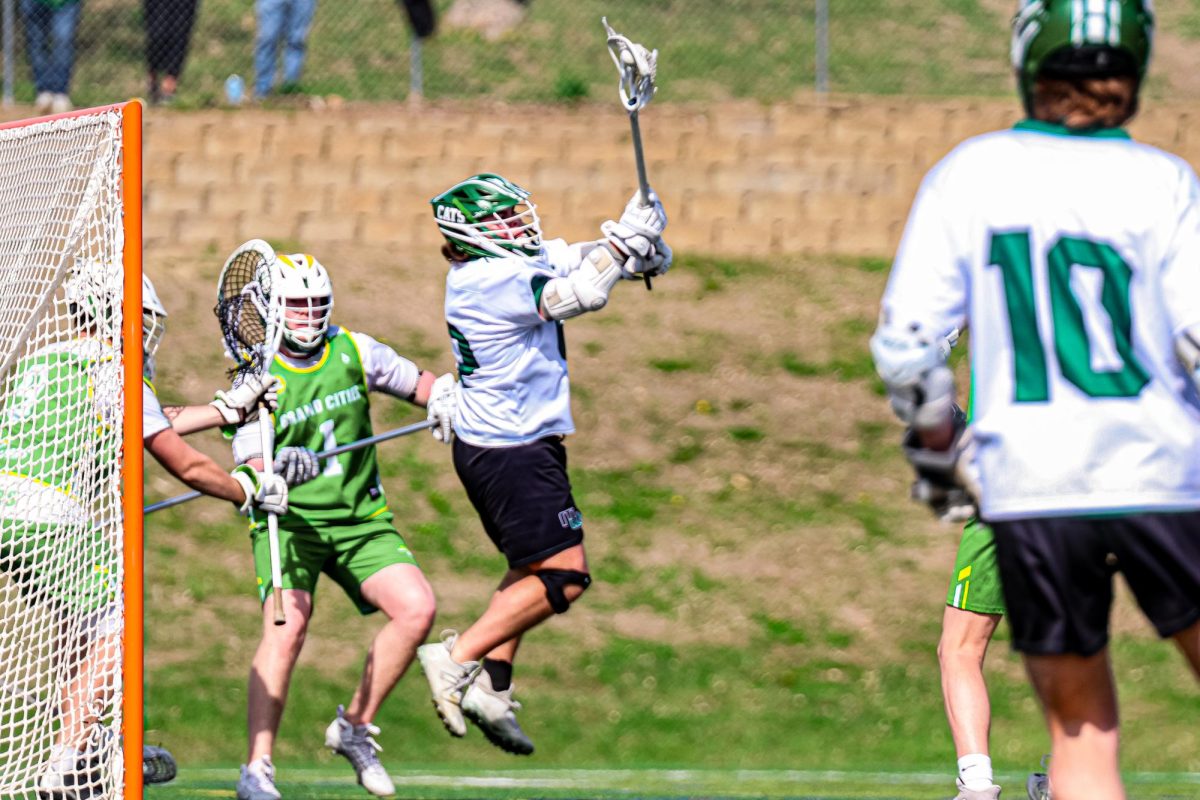In the current state of our world, teachers are no longer just educators, but also defenders, wielding both knowledge and firepower in equal measure. As a society plagued by acts of violence against schools, the notion of teachers carrying guns has sparked intense controversy all across the US. Classrooms are progressively becoming war zones, now with educators as their frontline soldiers.
This idea of arming educators is a polarizing one, fraught with moral, ethical and practical implications. But amidst the chaos and uncertainty, one thing is clear – the discussion is far from over.
Some see it as a necessary measure to ensure safety and security, while others view it as a dangerous and unnecessary escalation of violence. Regardless of where you stand on the issue, the idea of educators arming themselves with guns is undeniably provocative and raises important questions about the traditional roles of educators and forces us to reconsider the responsibilities and capabilities of those entrusted.
As of February this year, an ongoing debate regarding arming educators has continuously circulated in the Nebraska legislature. The Bill, LB 1339, proposes changes to current state law in school security, allowing districts and other education institutions to adopt policies permitting qualified personnel to carry firearms on school property and at school events. Is this proposal really what we need to ensure safety in our schools?
This consideration, as a whole, goes against the very essence of nurturing a secure educational environment. The presence of firearms creates an atmosphere of fear and intense vulnerability amongst peers, making it even more difficult than it already is to feel safe in the classroom. As students are continuously slaughtered inside schools each and every year, the presence of firearms in the hands of educators transforms the classroom into a war zone, where the focus shifts from academics to potential violence.
The dynamics of the classroom shift as the teacher must navigate the delicate balance between knowledge and safety. Educators are already tasked with the monumental responsibility of shaping young minds and fostering a positive learning environment; adding the role of “gun-wielding protector” only serves to overwhelm and detract from their primary purpose. As stated by everytown.org, “An armed teacher is more likely to shoot a student bystander or be shot by responding law enforcement than to stop an active shooter in a school.” In a moment of pure duress and intensity, it’s difficult to fully rely on a non-specially trained citizen to do more good than harm when it comes to gun handling.
In addition, arming teachers with guns does not address the root causes of violence in schools. Instead of focusing on prevention strategies, such as enhancing mental health services, implementing conflict resolution programs and improving school security measures, arming teachers simply adds more potential for violence to an already tense environment. Implementing this idea only increases the likelihood of accidental shootings, theft, or unauthorized use of weapons. This poses a serious safety concern for both students and staff, as well as the potential for escalating conflicts to turn deadly, thus leaving endless amounts of risk in the path of success.
From differing viewpoints, it’s easy to see that the purpose behind this bill may seem like a deterrent to potential school shooters. On the surface, having armed teachers could provide a sense of security and prevent tragedy. However, the reality of the situation shows that this bill could most definitely create more problems than it solves.
Teachers carrying guns in schools is a deeply flawed and dangerous proposal that fails to address the root causes of gun violence. Rather than arming our educators, we must focus on implementing comprehensive and evidence-based solutions to prevent school shootings and ensure the safety and well-being of students and staff. Let us prioritize investing in mental health resources, enforcing stricter gun control laws, and addressing social and economic disparities in our society, rather than putting the lives of students in the hands of their educators.

